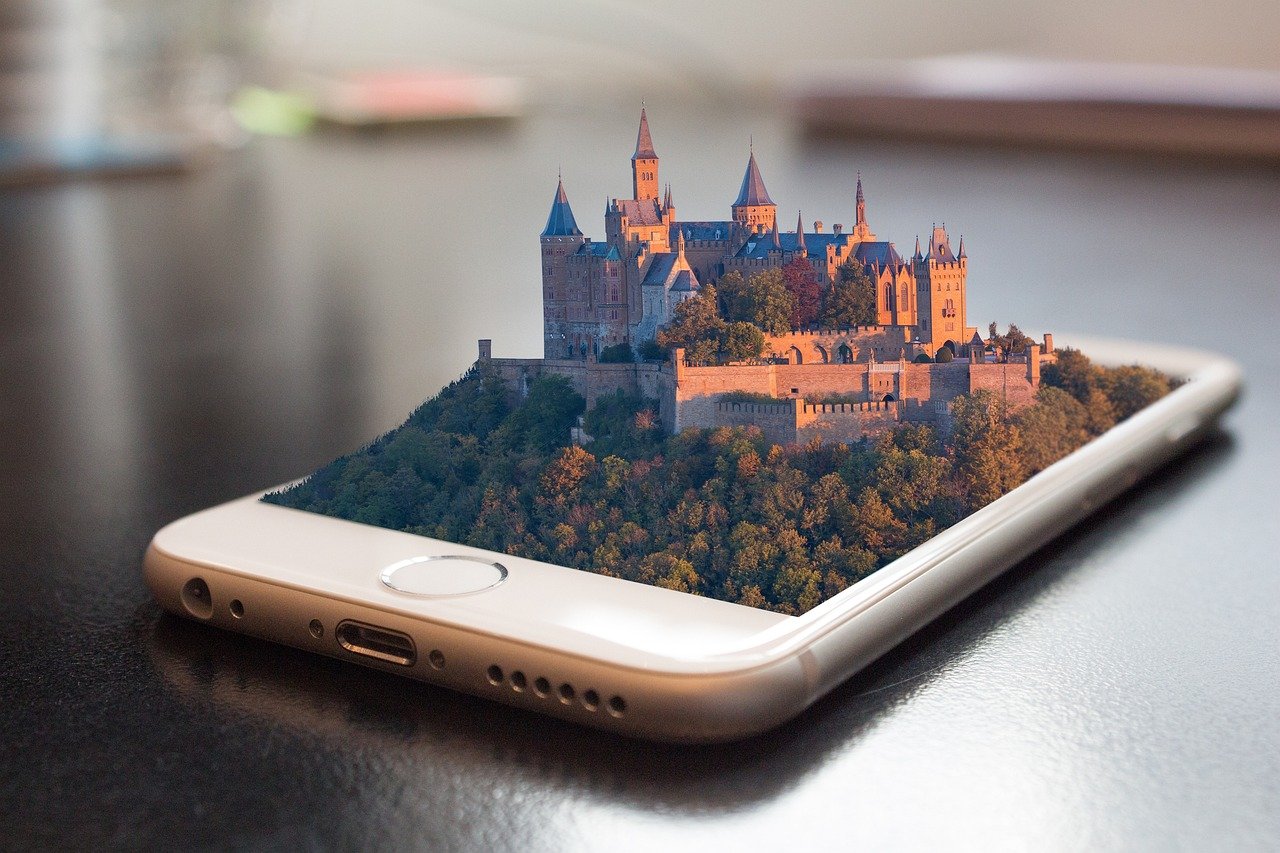Advancements in Augmented Reality: How it is Changing the Way We Interact with the World
In recent years, the realm of technology has witnessed an unprecedented surge in innovations that have revolutionized the way we interact with our surroundings. One of the most remarkable and transformative of these innovations is Augmented Reality (AR). This cutting-edge technology has not only captured the imagination of tech enthusiasts but has also found practical applications in various industries, from entertainment and education to healthcare and manufacturing. In this article, we delve deep into the advancements in Augmented Reality and explore how it is reshaping our interaction with the world around us.
The Evolution of Augmented Reality
To truly understand the impact of advancements in Augmented Reality, we need to trace its evolution. Augmented Reality, often abbreviated as AR, refers to the integration of digital information – such as images, videos, or sounds – into the real-world environment. The journey of AR began with rudimentary overlays of data onto live video streams. However, with significant strides in computing power, graphics, and sensor technology, AR has transcended these humble beginnings.
AR in Entertainment: Transforming Imagination into Reality
Entertainment has been one of the primary beneficiaries of AR’s remarkable capabilities. From mobile games that superimpose creatures and objects into the real world, to immersive experiences that allow users to interact with fictional characters and scenes, AR is blurring the line between the virtual and the real. Imagine strolling through your neighborhood park while spotting mythical creatures or solving intricate puzzles that appear as if they exist right in front of you. This level of engagement has propelled AR into the forefront of modern entertainment.
AR in Education: Creating Interactive Learning Environments
Education has also witnessed a profound transformation with the integration of AR. Traditional learning methods are often criticized for their lack of engagement and interactivity. AR addresses this by offering students an opportunity to dive into historical events, explore the human anatomy, or visualize complex scientific concepts. Imagine a history class where students can witness pivotal moments in time, or a biology lesson where the intricacies of the human body are brought to life through interactive 3D models. AR has turned passive learning into an active, engaging experience.
AR in Healthcare: Enhancing Medical Procedures and Training
The healthcare sector has embraced AR to enhance medical procedures, training, and patient care. Surgeons can now overlay critical information, such as vital signs and medical histories, directly onto their field of view during surgeries. This minimizes errors and improves decision-making. Additionally, AR has revolutionized medical training by offering immersive simulations of surgeries and medical scenarios. Aspiring medical professionals can now practice procedures in a risk-free virtual environment, ultimately leading to safer and more proficient medical practitioners.
AR in Manufacturing: Streamlining Processes and Maintenance
Augmented Reality has also made substantial inroads into the manufacturing industry. It has proven to be invaluable in streamlining complex assembly processes and maintenance tasks. By providing real-time visual instructions and data overlays to workers, AR has reduced errors, improved efficiency, and accelerated production timelines. Technicians can wear AR-enabled headsets that guide them step-by-step through intricate repairs, displaying information directly onto their field of view. This has significantly minimized downtime and increased overall productivity.
The Future of AR: A Glimpse into the Possibilities
As we stand at the cusp of technological advancement, the future of Augmented Reality is brimming with possibilities. From enhancing social interactions by overlaying digital information onto real-world conversations, to aiding firefighters with crucial data during rescue operations, AR’s potential is boundless. It is not just changing the way we interact with the world; it is revolutionizing entire industries and unlocking new avenues for creativity and innovation.
Conclusion
In conclusion, the advancements in Augmented Reality have ushered in a new era of interaction and engagement. From its humble beginnings to its current state of transformative potential, AR has demonstrated its capacity to reshape industries, enhance learning, and elevate entertainment experiences. As technology continues to evolve, we can only imagine the limitless opportunities that Augmented Reality will unlock. The fusion of the digital and the real is no longer a distant dream – it’s a vivid reality, thanks to the rapid advancements in Augmented Reality technology.












































